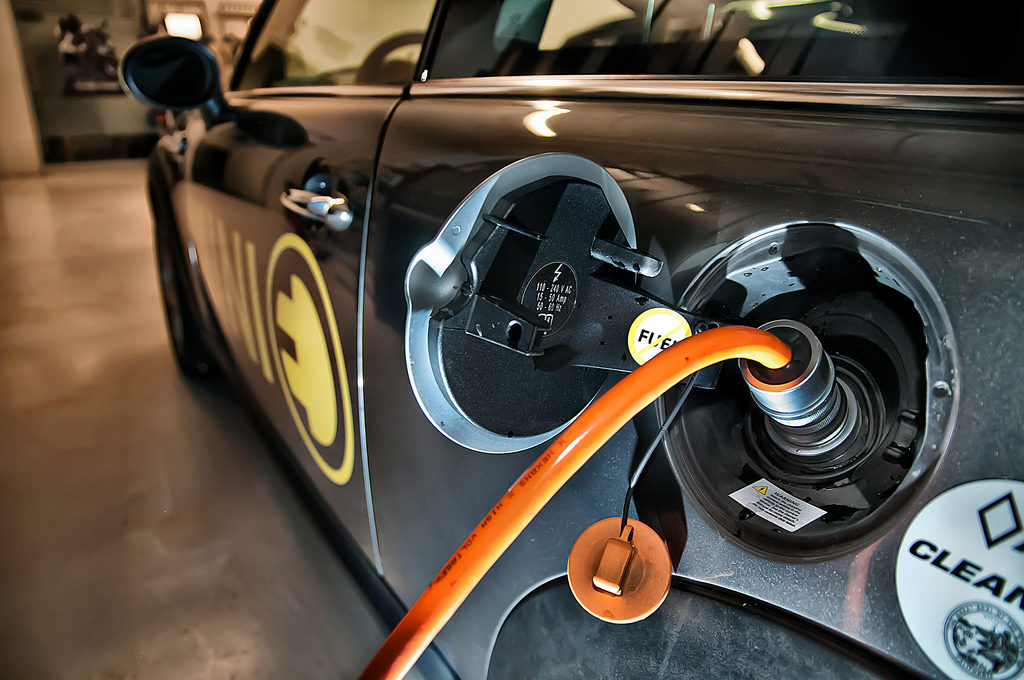
We all enthusiastically adopted hair dryers when they were introduced. The early version were 1200 and 1500 watt. The manufacturers of the time self imposed this maximum power. They collectively believed that a 110VAC outlet in a typical North American home could only deliver this amount of power. The market has progressed past this self imposed limitation. I was looking at the 1875 watt dryer that my wife stores on the bathroom counter. I reflected that it seems ages ago that we dried our hair at the slow rate of a 1200 watt hair dryer. On the other hand, it could be argued that the relentless conversion of fuses to circuit breakers has reduced the inconvenience associated with overloading a plug and blowing a fuse.

Other good examples of self imposed limitation is the 4 minute mile. When Roger Bannister determined how to run a four minute mile, he accomplished the feat against a background of all the other suitably conditioned athletes believing it was impossible. A good example of a self imposed limitation. Today most top runners break the 4 minute barrier in competitions. They are unaware of the historic self imposed limitation. It is easy to identify self imposed limitations after they are exposed.
Discussing self imposed limitations is more useful when the participating parties realize that it is possible to obtain greater benefits by abandoning them. Inventors and start-up companies run into this artificial barrier all the time. Amid my current projects is a new technology battery that is designed to be rapidly charged. The stodgy users have to be taught that they can charge this battery when ever it is near a 110VAC outlet. It is no longer necessary to wait unit the battery is completely discharged to restore some charge (a self imposed limitation) Harder to understand is a reluctance on the part of the engineers who design the charging system to switch gears. They insist on retaining a self imposed limitation. The charger design engineers need to be taught that a short (opportunity) battery charging higher output burst will not overheat the charger. This improvement only occurs by abandoning the self imposed limitation, Yes the charger can deliver a short duration burst of amperage which is greater than the amount it can continuously deliver over a long period. Just like the the hair dryer manufactures, battery charger manufacturers eventually will adopt enhanced opportunity charging performance. It will take a “Roger Bannister” to see beyond the self imposed barrier blocking higher power outputs
Self Imposed Limitations
Reply
